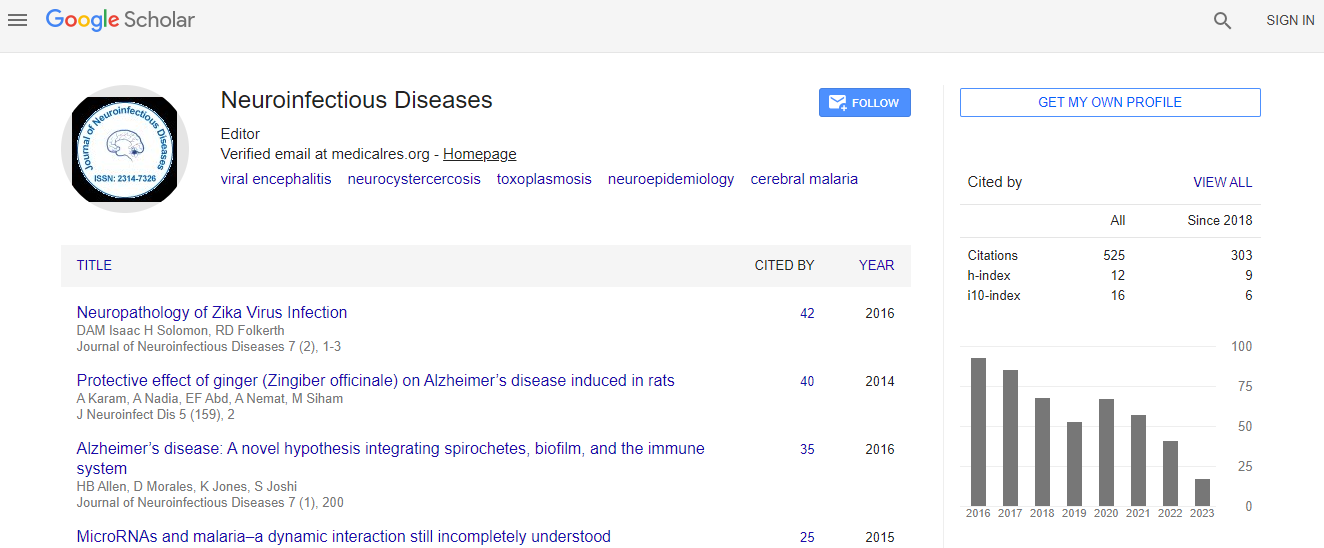Clinical, Histopathological and Neurophysiological Differential Patterns in Sporadic Inclusion-Body Myositis and Hereditary Inclusion Body Myopathy
*Corresponding Author:
Copyright: © 2020 . This is an open-access article distributed under the terms of the Creative Commons Attribution License, which permits unrestricted use, distribution, and reproduction in any medium, provided the original author and source are credited.
Abstract
Sporadic Inclusion Body myositis (s-IBM) represents a form of chronic polymyositis unresponsive to towards the corticosteroids, affecting patients over of 50 members. In contrast the hereditary Inclusion-Body Myopathy (h-IBM) strikes younger patients. Clinical hallmark of both forms are distal muscle involvement whereas the salient histopathological features were characterised by inflammatory exudates (only in s-IBM), rimmed vacuoles, eosinophilic cytoplasmic inclusions, 16 to 18 nm tubulofilamentous inclusions in both cytoplasm and as well as in nucleus. Small amyloid deposits near or within the vacuoles and within the nucleus as well as the nuclear membrane abnormalities and nuclear breakdown and other findings such as angulated and round fibres, necrotic- regenerative fibres and even ragged red fibres. None of these hallmarks were specific of IBM and can also be found in a great number of muscle and even the nerve pathologies such as Oculopharyngeal muscular Distrophy (OPMD), Desminopathies, Glycogenosis, Ceroid lipofuscinosis, ALS, Post-polio syndrome, Paraneoplastic neuropathies, and many others that we will be illustrated and discussed in the presentation. Neurophysiological findings of s-IBM and h-IBM are not specific and include mixed myogenic and neurogenic features. In conclusion the s-IBM and h-IBM both are an interesting group of muscle pathology with a complicated differential diagnostic process. It also represents a challenge to both Clinicians and Researchers involved in the neuromuscular disorders field.

 Spanish
Spanish  Chinese
Chinese  Russian
Russian  German
German  French
French  Japanese
Japanese  Portuguese
Portuguese  Hindi
Hindi 
